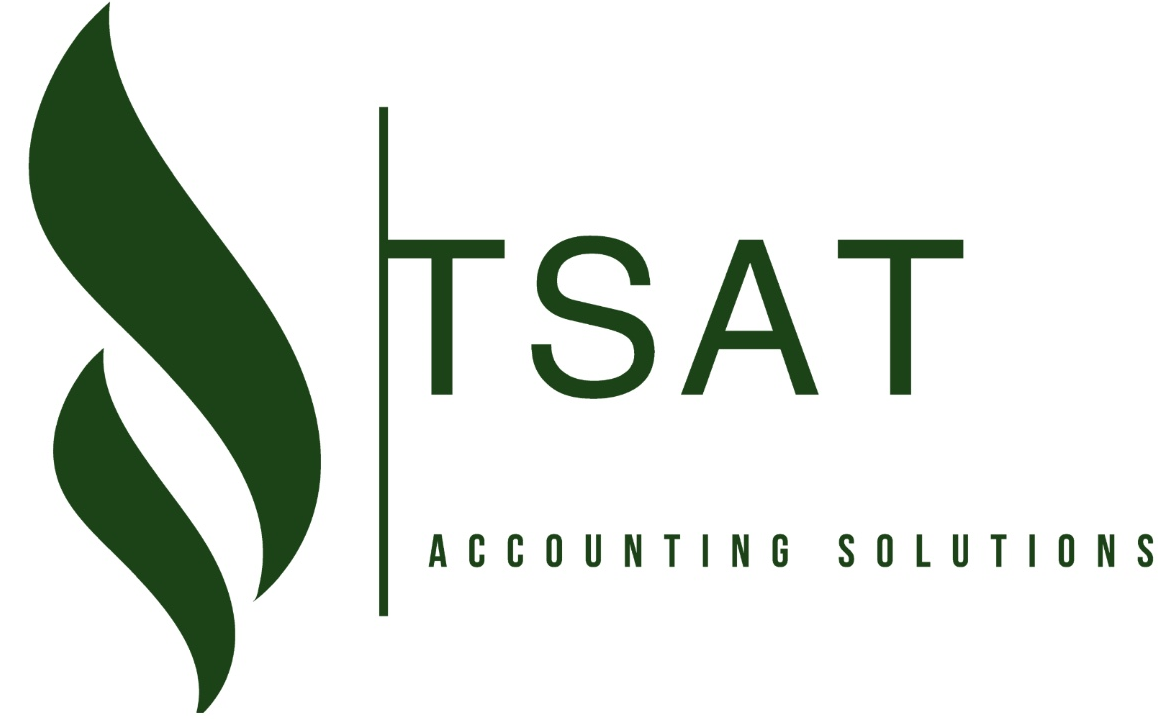
In the world of healthcare, KPI’s are crucial to the long-term success of any medical practice. While revenue is an obvious choice, other important factors, such as patient attrition, are just as important. The best way to choose which metrics are most meaningful to you is to first perform an assessment of your practice’s current state. This is a snapshot of your practice’s overall health and will help you make the most informed decision possible.
Let’s start with the definition of a KPI, from our friends at KPI.org!
What is a Key Performance Indicator (KPI)?
Key Performance Indicators (KPIs) are the critical (key) indicators of progress toward an intended result. KPIs provides a focus for strategic and operational improvement, create an analytical basis for decision making and help focus attention on what matters most. As Peter Drucker famously said, “What gets measured gets done.”
Managing with the use of KPIs includes setting targets (the desired level of performance) and tracking progress against that target. Managing with KPIs often means working to improve leading indicators that will later drive lagging benefits. Leading indicators are precursors of future success; lagging indicators show how successful the organization was at achieving results in the past.
What should your medical or dental practice measure?
In order to improve revenue and profitability, a dental office or medical practice must use key performance indicators. Using specific metrics can help physicians understand which aspects of their practice need improvement.
These measures can be broken down by patient or payer, and can identify problem areas. One key financial metric to track is the net collection ratio. This measure determines the percentage of unbilled claims after insurance adjustments are made. It differs from specialty to specialty, but generally speaking, a good practice should achieve a net collection ratio of 95% or better. When this ratio falls below 90%, this is indicative of revenue cycle problems. TSAT’s tools help to determine the number of uncollected claims and determine what actions need to be taken.
Another key financial metric is the patient attrition. The patient attrition rate refers to the number of patients a practice loses on an annual basis. In 2017, the author’s firm conducted a study that focused on highly successful practices. Such a practice was defined as one that produces $1 million or more per year, not including hygiene. The study found that the average attrition rate in highly successful practices was 7% less than the average attrition rate in all other practices.
Another critical KPI is the amount of time a claim stays in accounts receivable. This metric provides insight into the efficiency of your revenue cycle. By breaking down the total payer A/R by patient, you can see how long each patient stays in your office. By using these metrics, you can increase the amount of money your practice makes in a day and stay ahead of your competition.
Lastly, KPI’s are essential for your medical practice or dental office’s financial performance. They can help you identify which aspects of your practice are performing well and which aren’t. This data will also help you make informed decisions about your marketing strategy and target your audience. These metrics will help you make the right decisions for your practice. It is essential to keep your medical practice solvent.
Overall, KPI’s help dentists and practitioners track their expenses and improve the efficiency of their revenue cycle. They can also help to identify any issues that may arise and provide guidance for future action. There are many reasons why KPI’s are so important for medical practices. TSAT understands your industry and can provide the most meaningful KPI’s for your office or practice!
At TSAT, we know that a great businesses need to operate at high levels of service, accuracy, reliability, and throughput. We also know that the only way to ensure these things are achieved is to develop a comprehensive set of accounting and finance policies and procedures and to regularly train all personnel involved in the management and control of the company’s software. Only by taking steps toward accounting, quality assurance, and finances can a small business accounting department expand its business and improve its profit margins. It takes a little work to make sure that every aspect of small business accounting is running at full capacity, and we are here to help!
Here at TSAT, we are not simply tax preparers. We work with you to provide a 360-degree strategic financial advice, including small business operations and investment guidance. We will help you stay ahead of the curve when it small business or personal investments!
If you are a gig worker or small business owner looking to grow your business, TSAT’s AMAZING team considers much more than just your taxes!
TSAT’s Services will let you focus on your business’s core competencies! Whether you have a small business or you need help personally, TSAT can give you HOPE! Call us today!
Phone: (417) 208-2858
- Website: TSAT Accounting Solutions
- Facebook: TSAT Facebook
- Calendly : Quickly schedule a 15 minute call!
- Alignable: Connect with Us on Alignable!
“We want to Amaze our Clients not just serve them”. – Tabitha Smith

